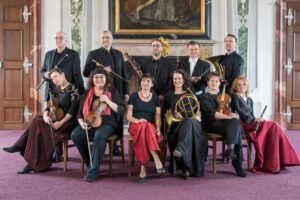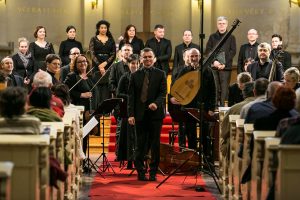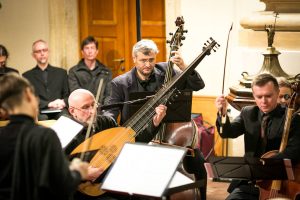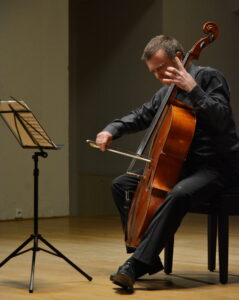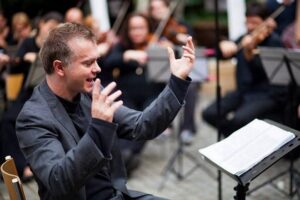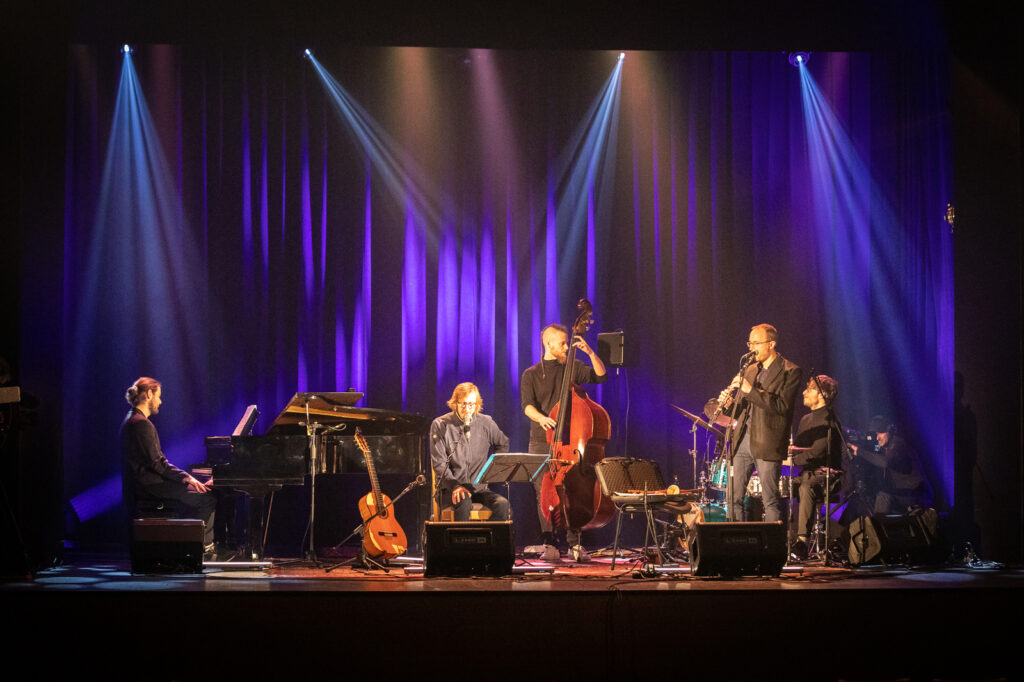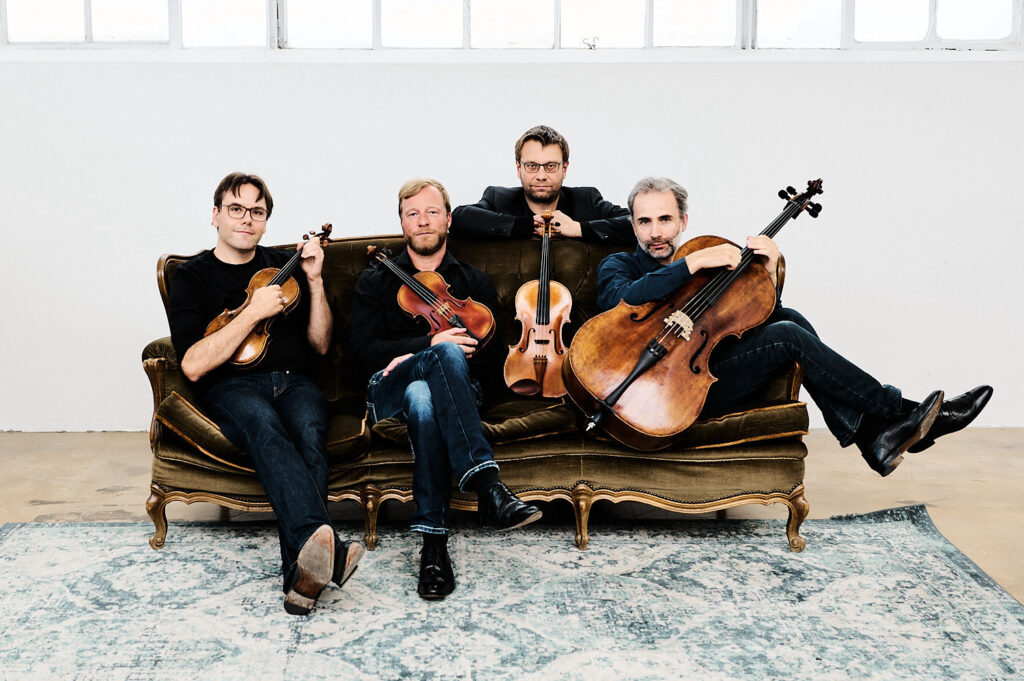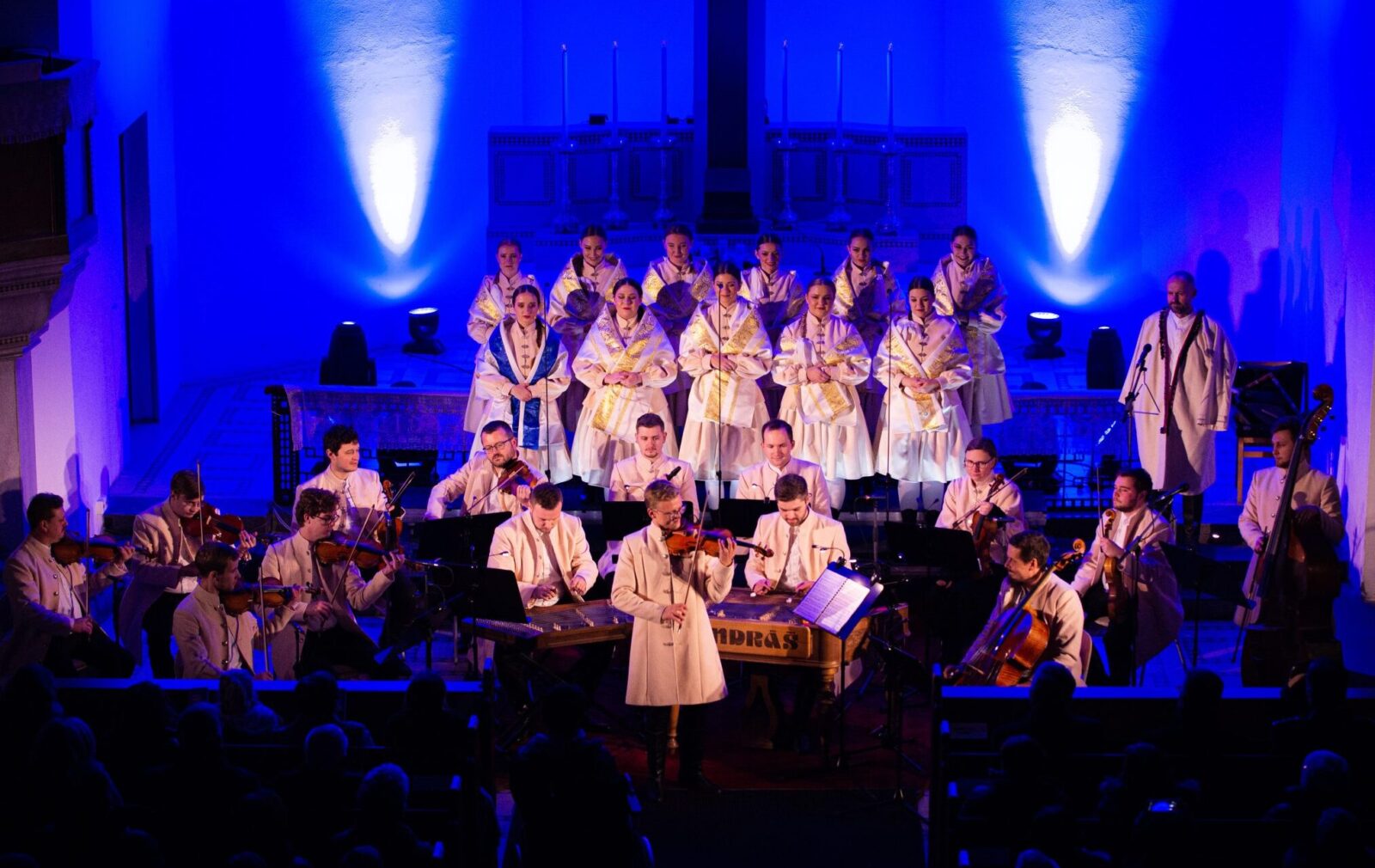MUSICA FLOREA: MUSICAL IMPROVISATION Michna / Finger / Biber
Date
Sunday 12. 10. 2025 from 3:00 pmTicket price
MUSICA FLOREA: MUSICAL IMPROVISATION Michna / Finger / Biber
Programme
“Musical improvisation of the 17th century”
Heinrich Ignaz Franz Biber (1644–1704): Artificiosa – Ariosa, Partia VI. – Preludium
Adam Michna z Otradovic (1600–1676): „Toto malé děťátko“ (Sinfonia a4)
Heinrich Ignaz Franz Biber: Balletti Lamentabili a 4
Sonata, Allamanda, Sarabanda, Gavotte, Gigue, Lamento
Gottfried Finger (1660–1730): Chaconne
Václav Karel Holan Rovenský (1644–1718): „Z nebe jest vyšel“ (Sinfonia a4)
Heinrich Ignaz Franz Biber: Sonata a 4(5)
Václav Karel Holan Rovenský: „Marya dej dovolení“ (Folia)
Gottfried Finger: Sonata Dezima
Heinrich Ignaz Franz Biber: Mensa Sonora (Pars VI)
Canario, Amener, Trezza, Ciacona, Sonatina (Adagio, Presto)
Heinrich Ignaz Franz Biber: Arien a4 – „Gigue“?
Heinrich Ignaz Franz Biber: Artificiosa – Ariosa, Partia VI. – Finale
Contemporary musical interpretation practice allows us to search for forgotten methods of early Baroque ornamentation, which strengthened the emotional component of musical compositions. There are several as yet untried, and therefore gradually discovered, ways of enriching and “newly” interpreting 17th-century works in terms of decorative effects. This applies to both sacred and secular music by composers Adam Michna of Otradovice, gambist Gottfried Finger, or Czech violin virtuoso Heinrich Ignaz Franz Biber.
Musica Florea, Marek Štryncl – artistic director
Jiří Sycha, Magdalena Malá – baroque violin
Mélusine de Pas – viola da gamba
Marek Štryncl – cello, baroque guitar
Ondřej Štajnochr – double bass
Jakub Eben – percussion
Filip Dvořák – organ



